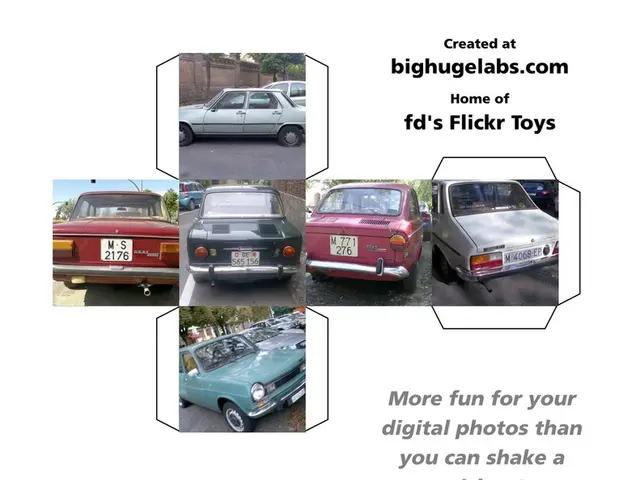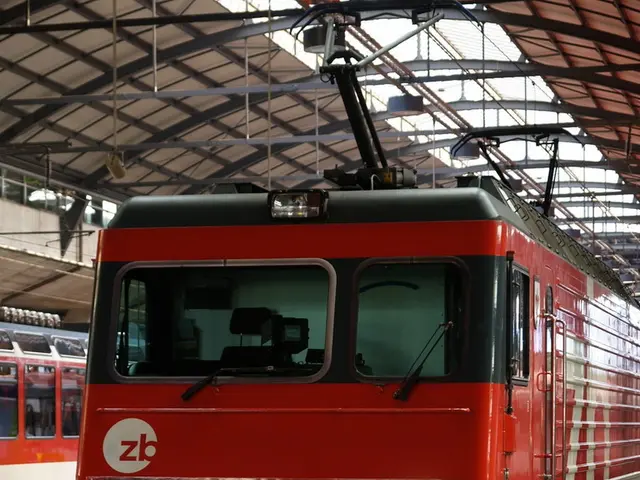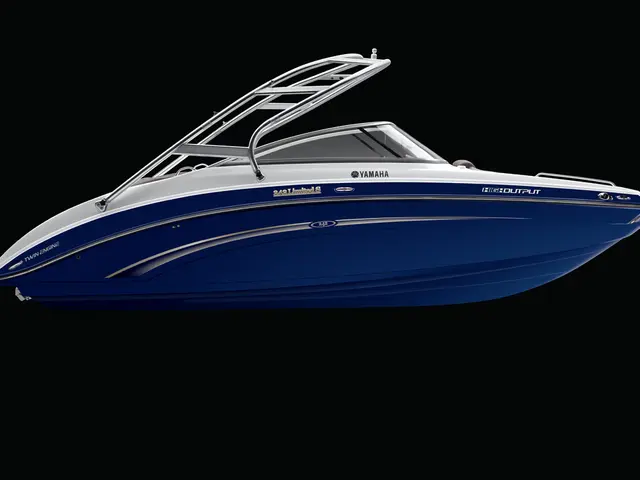Cars on German Roads: A Cleanliness Comparison
German Vehicles with Highest and Lowest Emissions on Roads
Let's dive into the diversity of cleanliness for cars cruising German roads. Here's a rundown of the current state:
Clean Cars: A Nationwide Perspective
- Emission Standards Range: From one-third down to one-tenth, the proportion of cars with outdated emission technology shifts dramatically depending on the registration district.
- Hotspots of Older Vehicles: Lüchow-Dannenberg in Lower Saxony reports the highest percentage of vehicles adhering to older and less stringent emission standards, Euro 1 to Euro 4, at 33.7%. Elbe-Elster and Duisburg City follow closely with 31.7% and 30.7%, respectively. Other districts like Emmendingen, Nienburg, Gelsenkirchen City, Spree-Neisse, Herne City, and Görlitz also exceed 30%.
The Cleanest Vehicles: A Deep Dive
- Front-runners: Wolfsburg reigns supreme with a value of 10.9%, a significant improvement over traditionally cleaner cities like Wiesbaden (15.4%), Suhl (15.9%), and Munich district (16.1%). Despite higher percentages, Wolfsburg and Munich feature an edge due to an abundance of new self-registrations and company cars, skewing the figures in favor of cleaner vehicles.
- Notable Exceptions: Not all cars are driven in the districts where they're registered, particularly in Wolfsburg, home of VW, boasting a record 973 cars per 1,000 residents—that's more than one vehicle per adult!
The Rise of Electric Vehicles and Euro 6 Emission Standards
- Top Spots: Wolfsburg tops the charts with a staggering 77.2% of electric vehicles and vehicles incorporating the Euro 6 emission standard, followed by Wiesbaden with 70.6%. Munich city and district occupy the third and fourth positions with 64.8% and 64%, respectively, demonstrating a significant inclination towards cleaner automobiles.
Inequality and Affluence: Key Factors in Clean Vehicle Adoption
- Disparity Among Regions: Income levels have an impact on new car purchases. In affluent areas, residents are more likely to purchase new and therefore cleaner cars.
- Urban Centers vs. Rural Areas: Urban areas like Berlin and Munich show a higher concentration of electric vehicles due to better infrastructure and awareness. Rural areas and some eastern regions are experiencing rapid infrastructure development, making electric vehicles more accessible in these areas.
In essence, while urban centers see a higher number of clean vehicles, efforts are underway to expand the adoption of electric vehicles and build infrastructure across all regions in Germany. The growth in electric vehicle registrations and expanding charging facilities aims to democratize cleaner transportation nationwide.
- The rise in cleaner vehicles, such as electric vehicles and those with Euro 6 emission standards, is apparent, particularly in urban centers like Wolfsburg and Wiesbaden, where a significant portion of vehicles adhere to these standards.
- The adoption of cleaner vehicles in Germany seems to be influenced by factors like affluence and location, with residents in more affluent areas more likely to purchase new, cleaner vehicles, and urban centers demonstrating a higher concentration of electric vehicles due to better infrastructure and awareness.
- The expansion of electric vehicle registrations and the development of charging facilities are essential steps towards democratizing cleaner transportation not just in urban centers, but nationwide, aiming to bridge the gap between rural and urban areas in terms of environmental-science advancements in the transportation industry and the finance required for these advancements.








